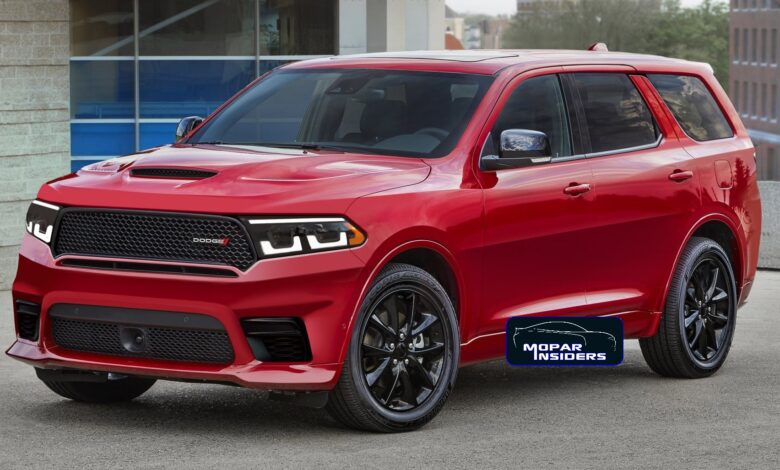
About a month ago, the internet was flooded with comments after an article from the Automotive News suggested that the Chrysler 300 Series (LX) and the Dodge Durango (WD) were living on borrowed time and could be discontinued in 2023.
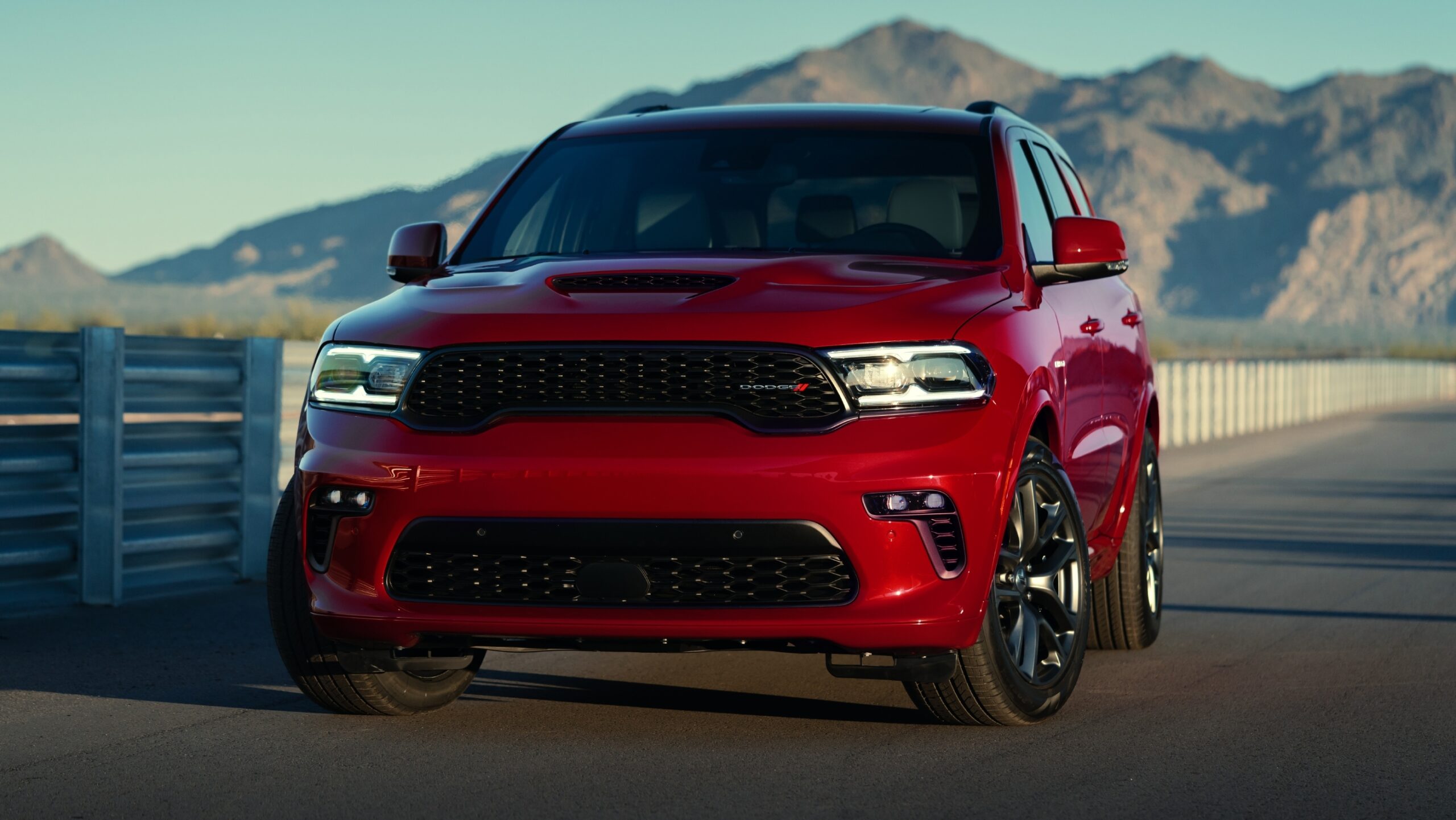
It was no surprise that the Chrysler 300 Series was listed by the publication, but the Durango was a shocker to many people. Public knowledge of the 300 Series going the way of the Dodo bird in 2024, has been circulating for some time. On the other hand, Durango just received a minor refresh last year and plays an important role in the Dodge brand portfolio.
The Automotive News does report a lot of information on the automotive industry correctly, so we thought we would shed a little light on the situation with some info passed on by our sources.
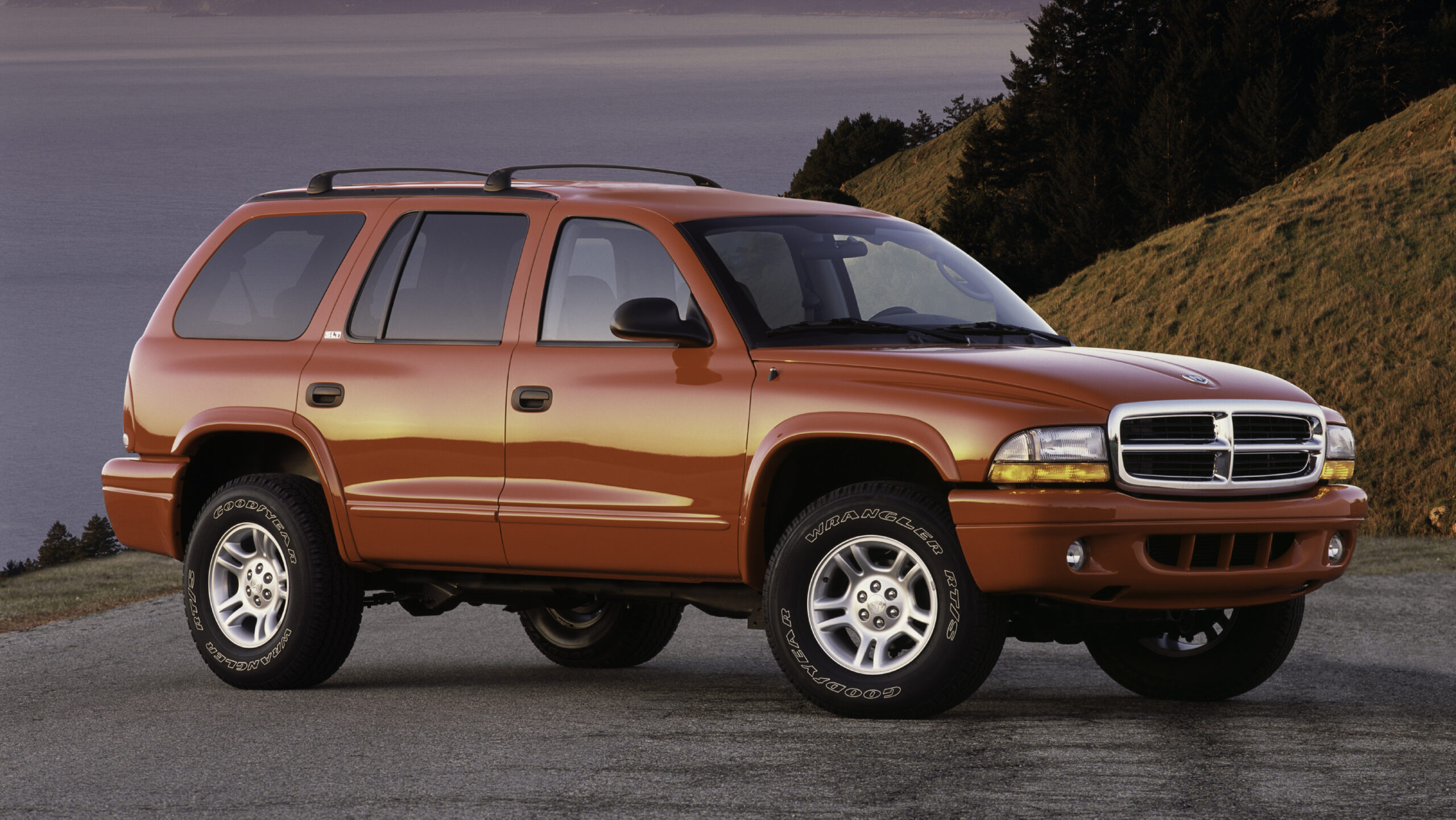
Since 1998, the Durango has become a staple for the Dodge brand with three generations of the three-row SUV making their way into dealer showrooms over the last 23 years.
The current generation of Durango has been in production since the 2011 model year. That may seem like a really long time for a vehicle to be sold in today’s ever-changing market, but Dodge has continued to update its Durango every few years. The multiple updates have made the current Durango a well dialed-in product.
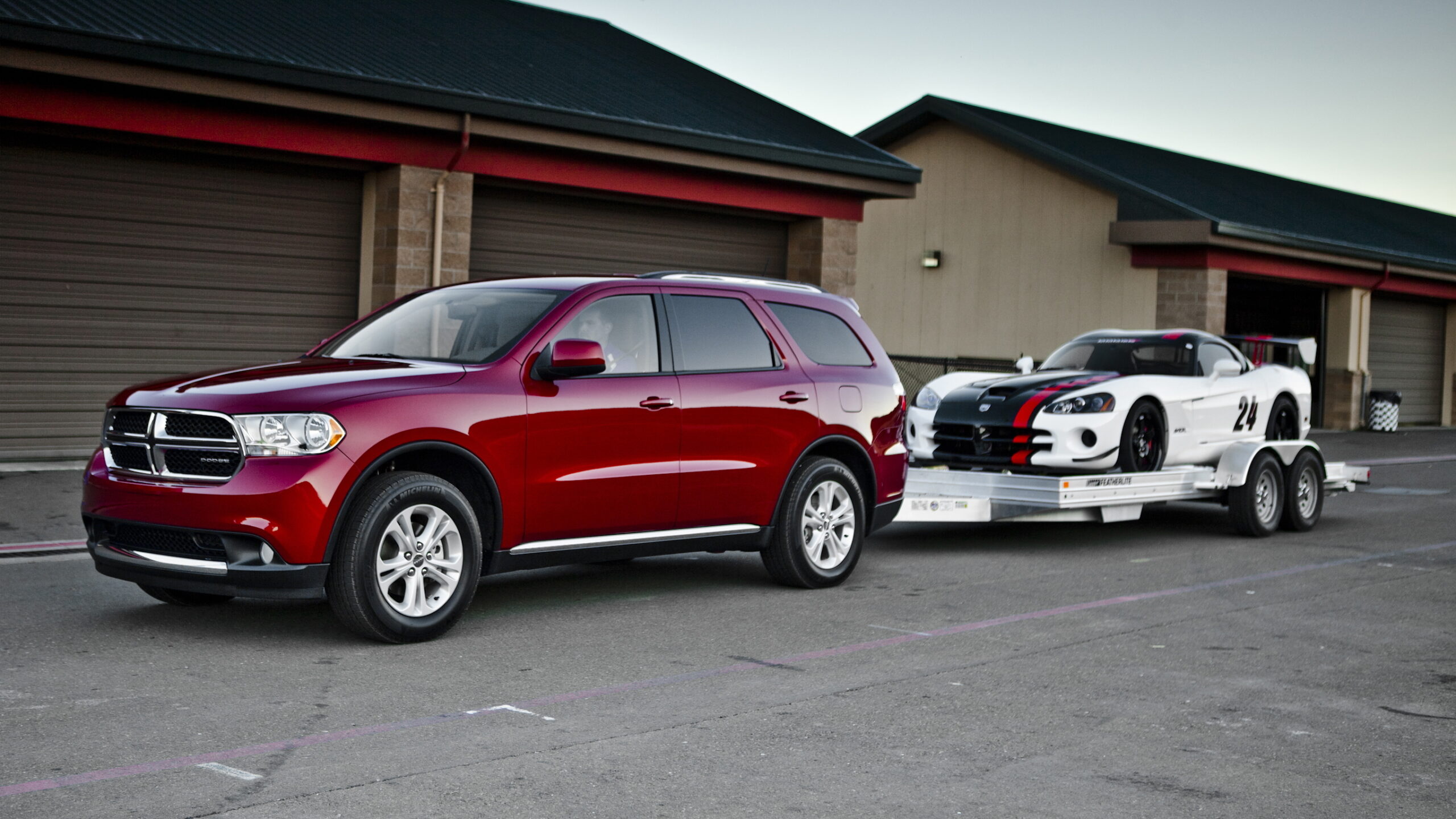
When it was launched in 2010, the 2011 Dodge Durango was nothing more than a longer wheelbase version of the Jeep® Grand Cherokee (WK2) offering three-rows of seating and Dodge styling. The Durango was overshadowed by the Grand Cherokee’s success and although it offered seating for up to 7 passengers and available HEMI-power, it was far from being a performance machine.
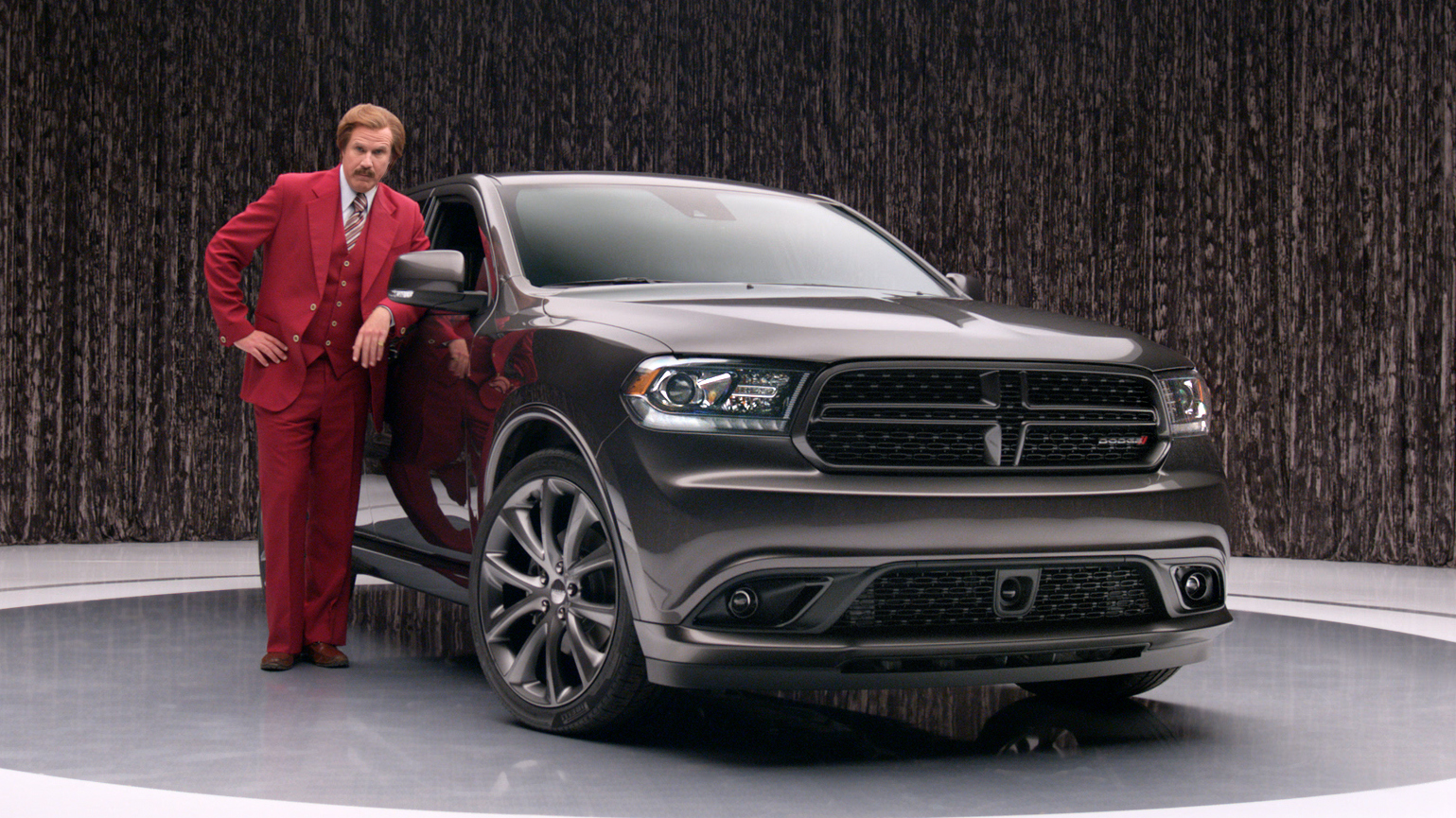
By 2014, Dodge updated the Durango’s styling to allow it to fit in with the new performance direction of the brand. After a successful marketing campaign surrounding comedic actor Will Ferrell’s beloved Ron Burgundy character, sales for the updated Durango took off, overnight. But while the new Durango’s look had attitude, the biggest engine you could get was the 5.7-liter HEMI V8. The Grand Cherokee, which also received an updated look, continued to be the option for performance enthusiasts thanks to the 6.4-liter HEMI V8-powered Grand Cherokee SRT model in its stable.
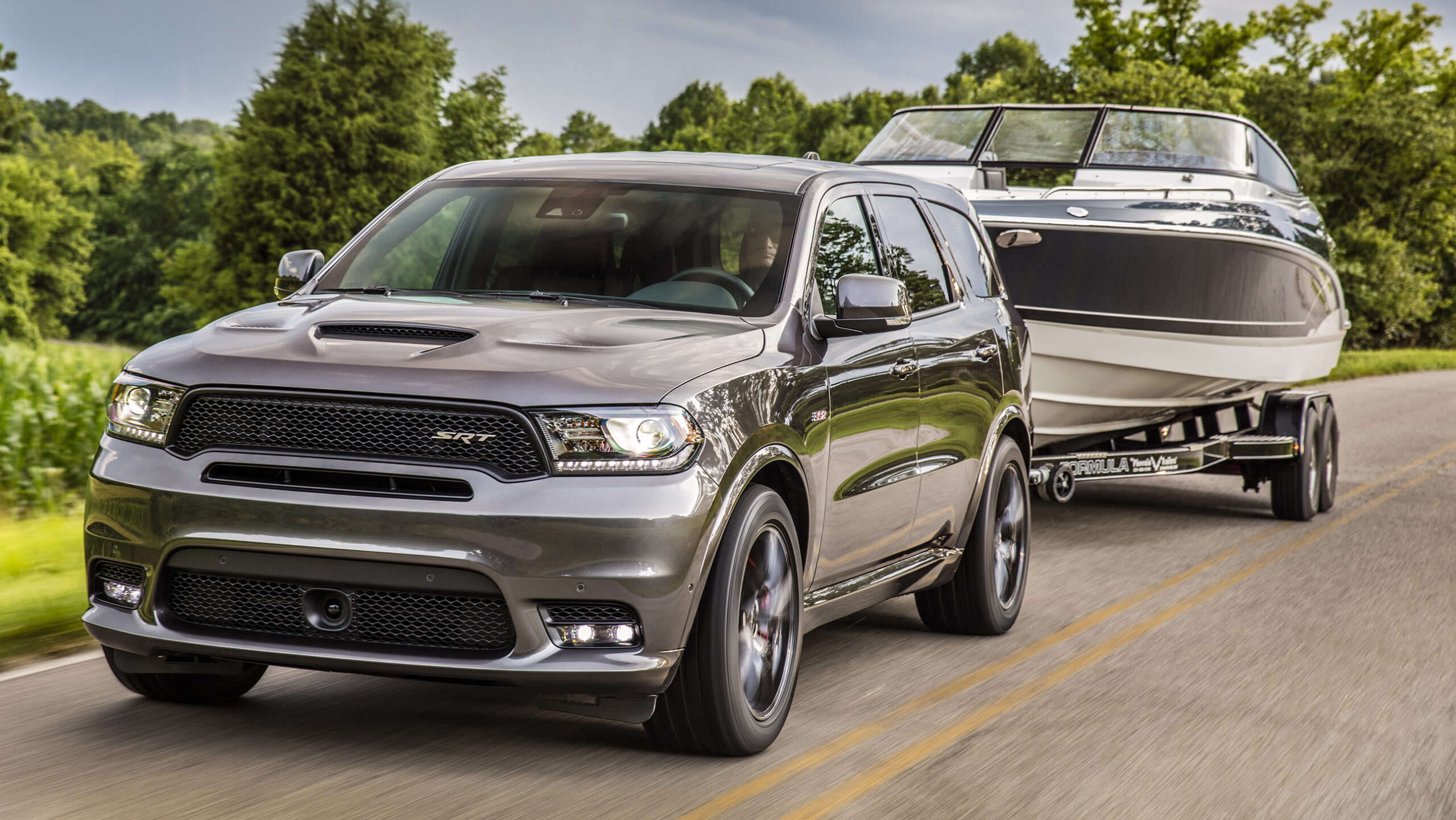
In 2018, Dodge upped the ante again, by finally introducing a Durango SRT with a 6.4-liter HEMI V8 option and updated front styling. Now being dubbed the “Charger of SUVs” by Dodge, the brand was trying to pull more performance credit from its muscle car lineup. But the satisfaction for Dodge customers wouldn’t last long, because two months later, the Jeep brand introduced the supercharged 6.2-liter HEMI V8 Grand Cherokee Trackhawk to the public.
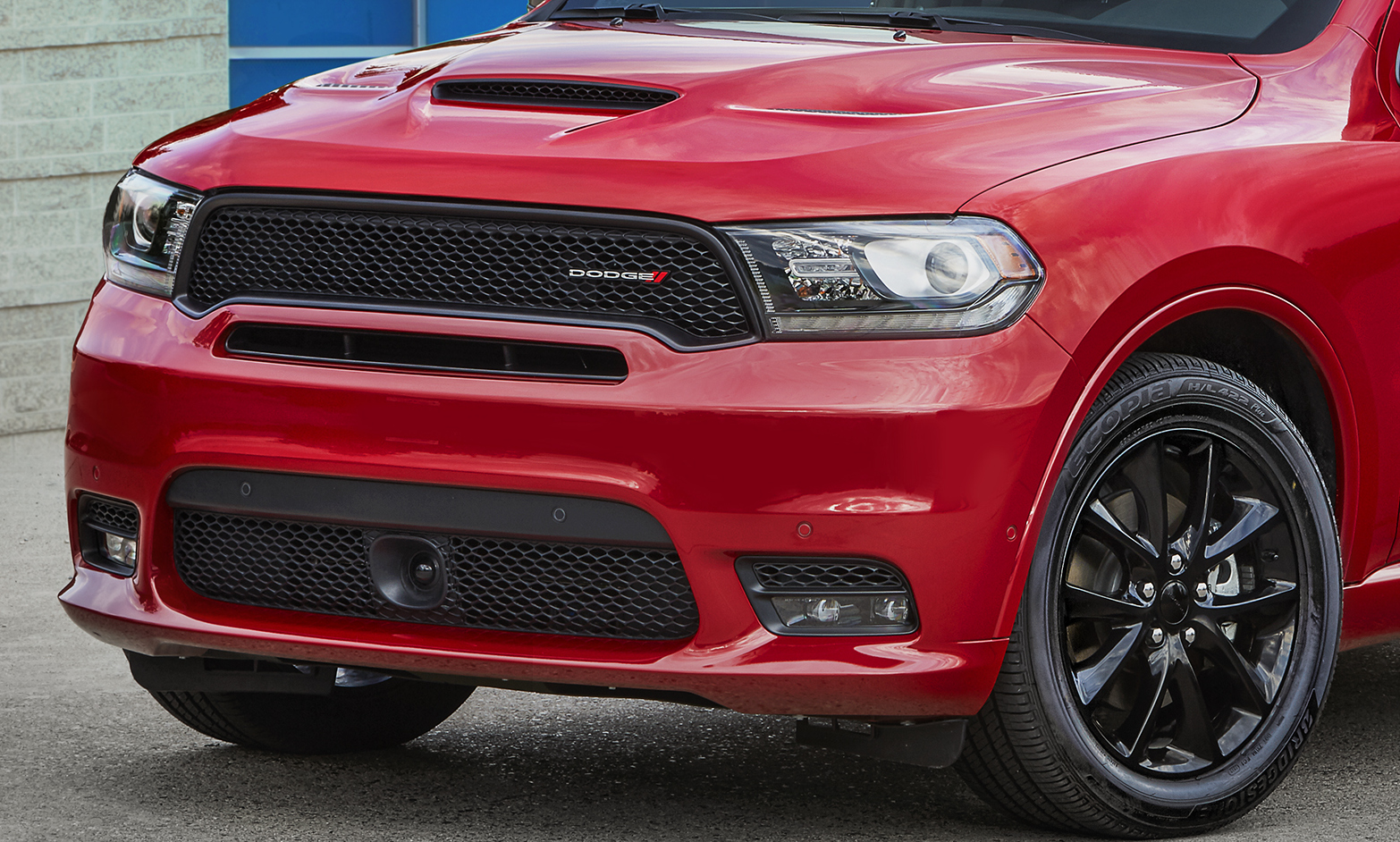
Soon after Dodge continued to update its lower-tier Durango models with the styling of the Durango SRT. This brought a lot of attention to Durango as the more performance-based offering in the Chrysler Group lineup, despite not having a Hellcat under the hood. It would take another two years for that to happen.

For 2021, Dodge revamped the Durango. Giving it an all-new instrument panel (I/P), new interior door panels, the latest infotainment technology, revised front-end styling, and finally a Hellcat engine (although it would be a limited run of 3,000 units, due to the aging architecture not meeting certain federal requirements). The update seemed to make people happy and Durango sales since then continue to surge.

It wasn’t long after that the Jeep brand launched the all-new three-row Grand Cherokee L. The 7-passenger Grand Cherokee looked to compete, if not replace the Dodge Durango as the Chrysler Group’s newest three-row E-segment SUV. Leaving many to wonder why the Durango hadn’t been updated to the new Giorgio-based architecture like the Grand Cherokee.
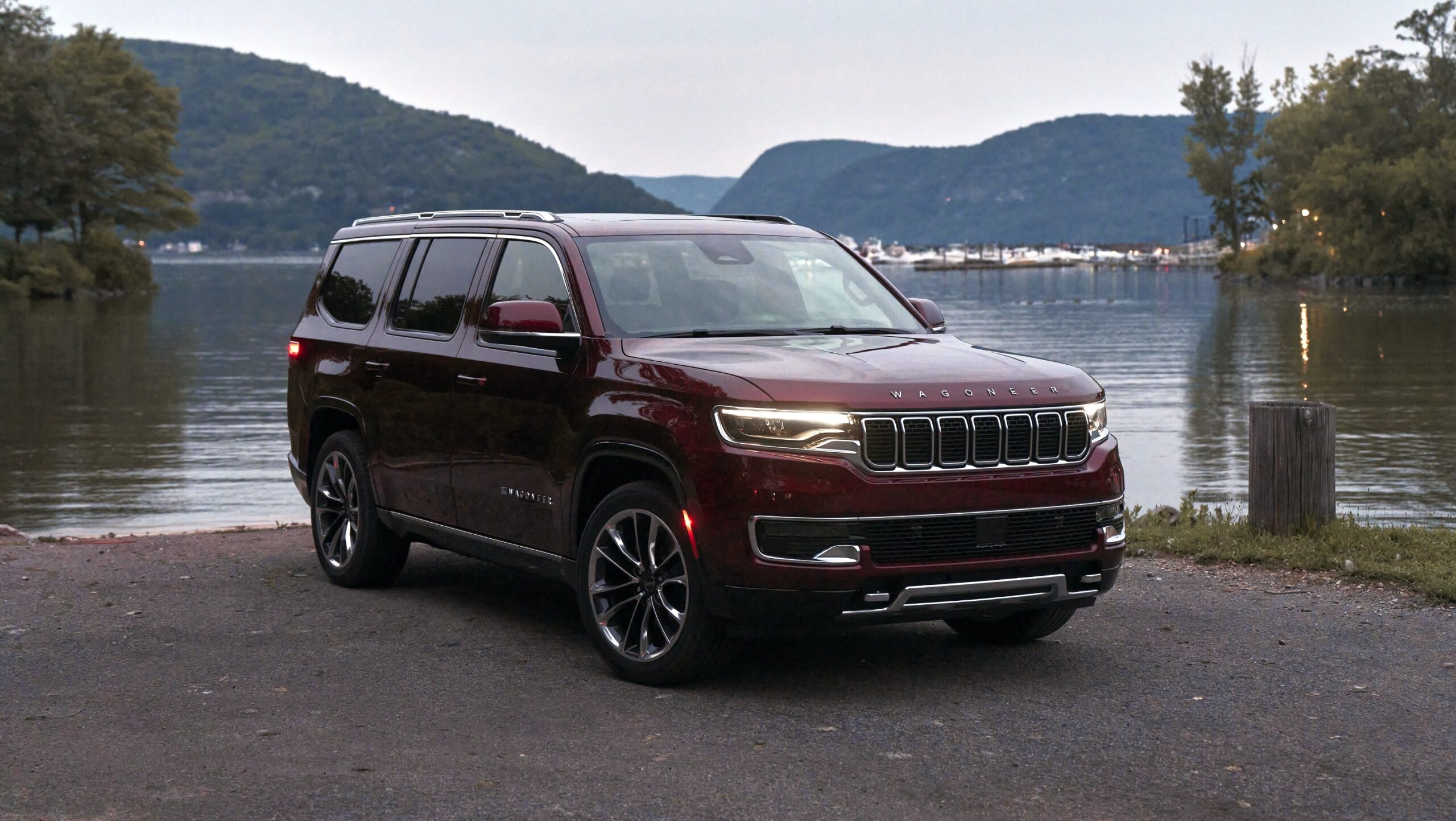
For the past couple of years, our inside sources at Stellantis have been telling us that Dodge’s plan for the next-generation Durango, is to move the vehicle back to a body-on-frame (BoF) architecture. It wasn’t until this year, we would see such a platform become available with the launch of the 2022 Jeep Wagoneer and Grand Wagoneer (WS) models.
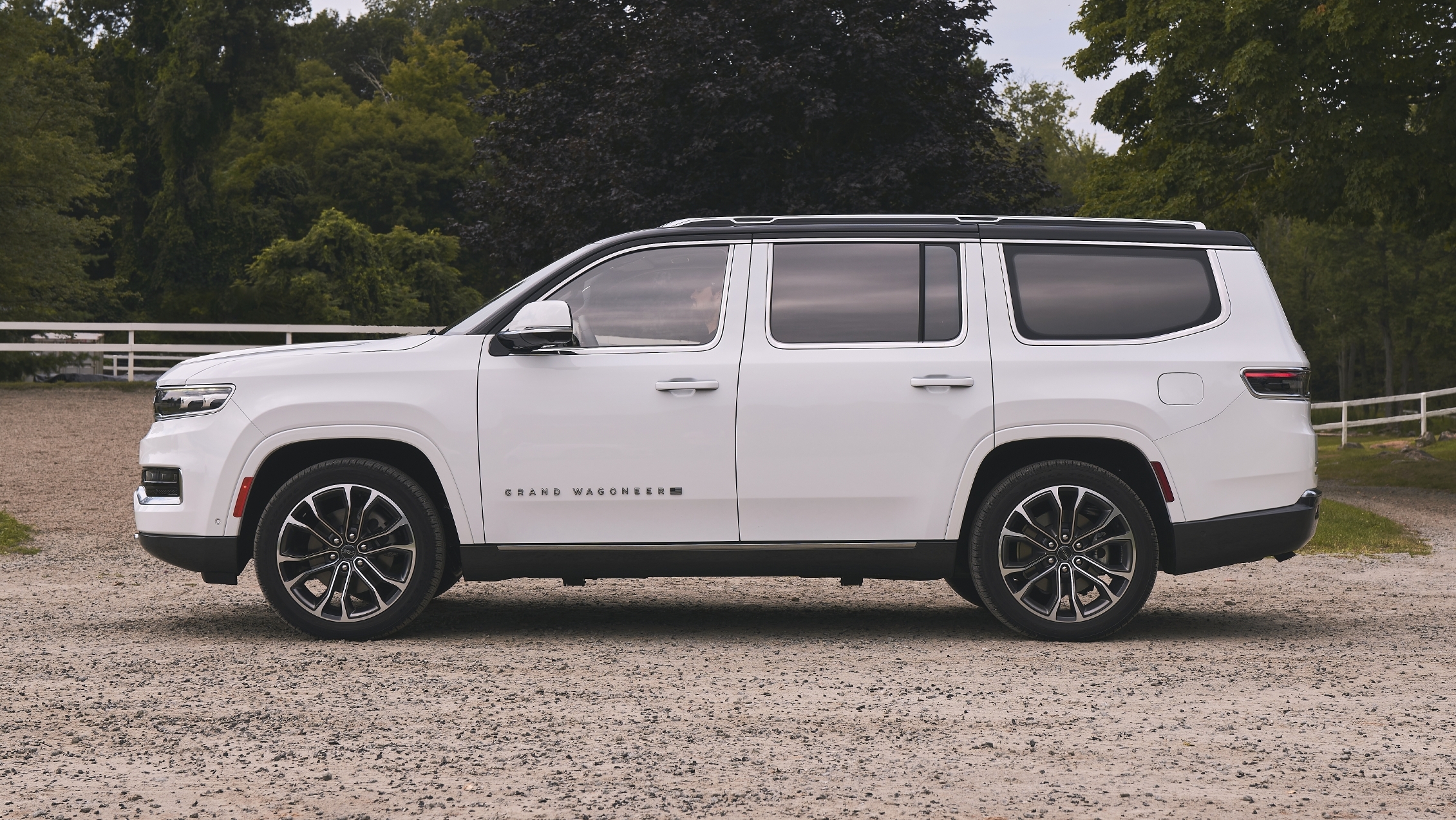
The Detroit Assembly Complex – Jefferson (formerly known as the Jefferson North Assembly Plant) which produces the current Durango and Grand Cherokee has always struggled to meet the demand of the Grand Cherokee on a global scale. With the Jeep brand expecting even more interest in its fifth-generation Grand Cherokee products, which will include two- and three-row offerings, as well as a new plug-in hybrid (PHEV) model, the Jeep brand pushed for another plant to be created to allow for one of Stellantis North America’s biggest nameplates to expand production.
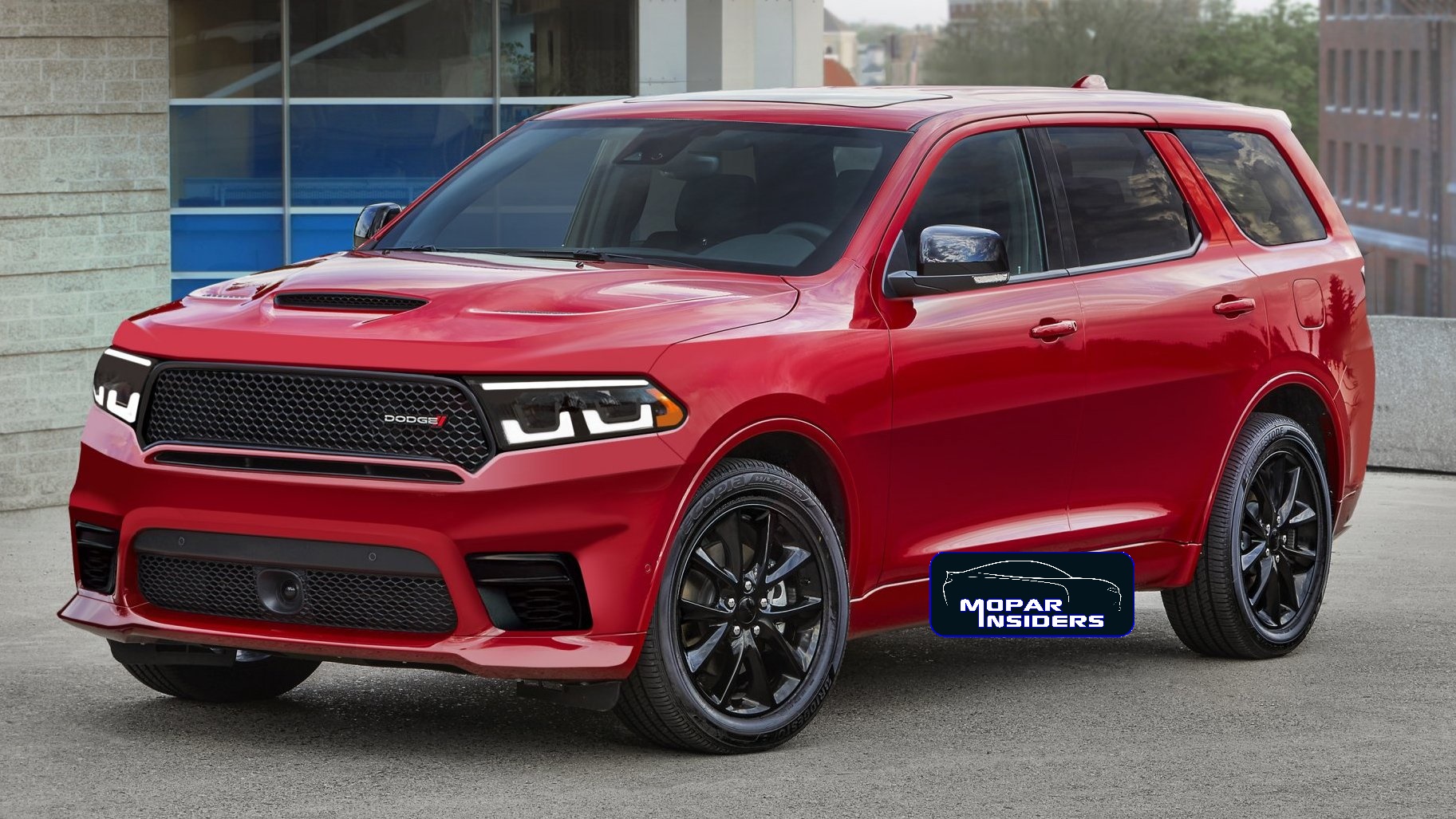
While there will be another plant in India to help tackle some of the production for the Asia-Pacific regions, but it will be up to the two Detroit plants to tackle the rest of the global production of the Grand Cherokee (WL) and that includes the production of the new electrified Grand Cherokee 4xe for the global market as well.
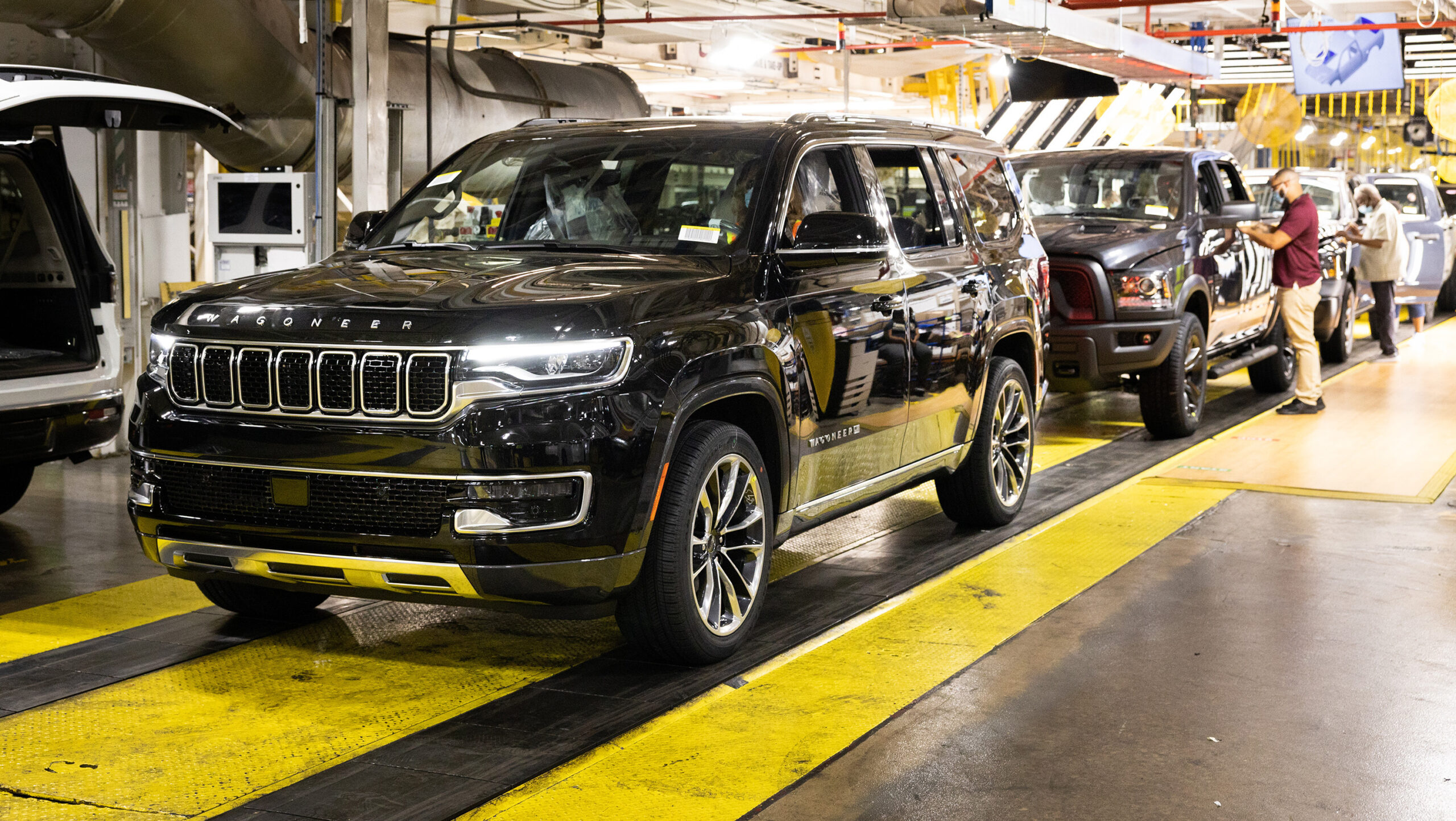
As we have been told by our sources, the current Durango will indeed end production after the 2023 model year. Our sources have indicated at that time, the next-generation Durango (WF) model then go into production alongside the Wagoneer and Grand Wagoneer at the company’s Warren Truck Assembly Plant (WTAP) in Warren, Michigan. At that time, the Ram 1500 Classic will have ended production at WTAP, thus allowing for expanded production at the plant. We expect that the next-generation Durango would share much of the WS architecture, powertrains, and components.
The move to BoF would put Durango on a path to tackle with the likes of the Chevrolet Tahoe and Ford Expedition, two vehicles that the current Durango often gets compared to despite it being on a unibody architecture. But one thing that Tahoe and Durango have in common is they both are deeply involved with the law enforcement market.
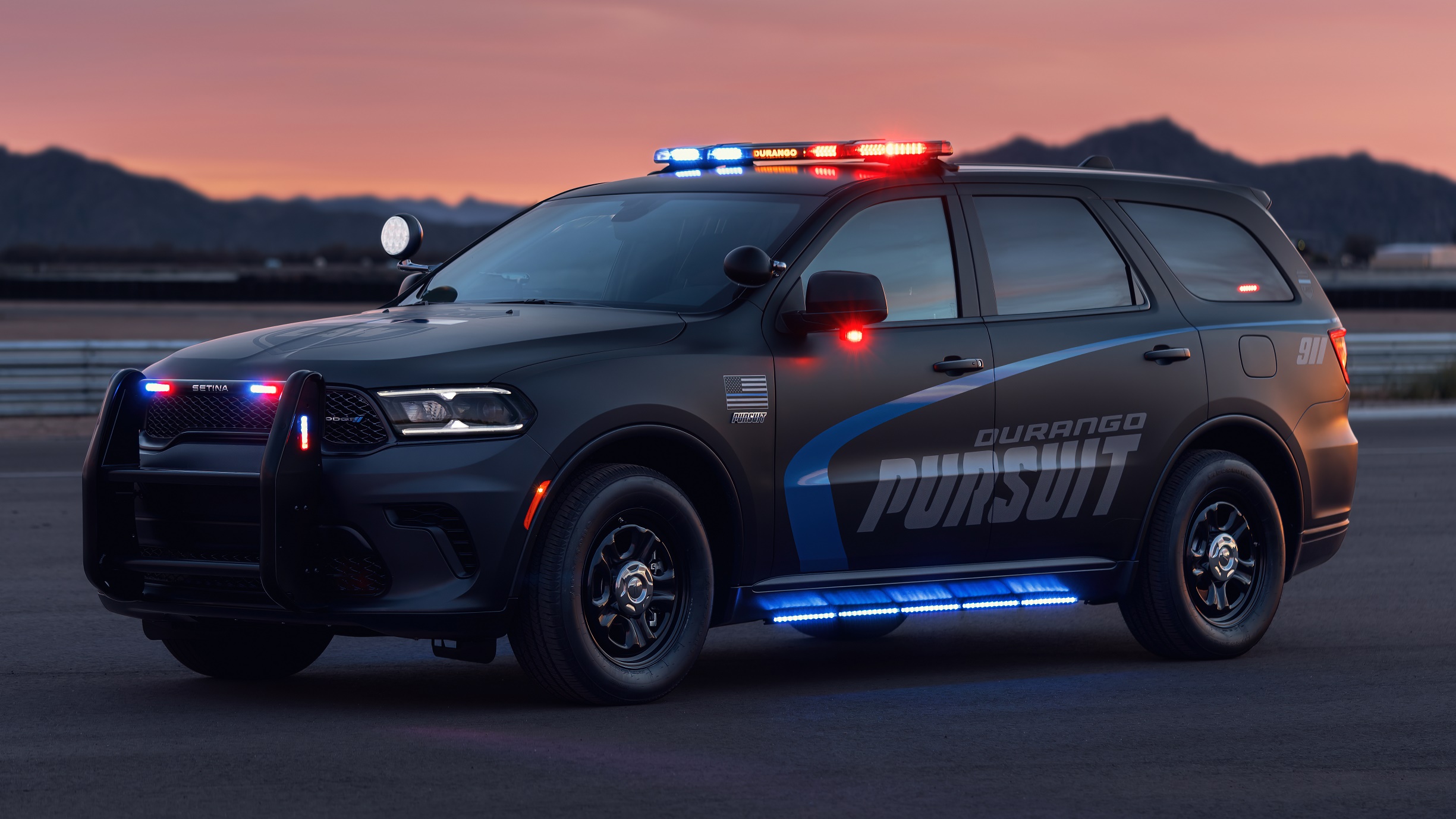
The current Durango Pursuit model has never dominated the law enforcement segment, however, thanks to the recent update the model is gaining traction. It is nowhere near as competitive as the Explorer Police Interceptor from Ford. Dodge continues to have a hold on the sedan portion of the law enforcement segment with the Charger. However, as the market moves more towards SUVs, it makes sense that the Dodge brand be more aggressive if they want to continue to be a threat in the marketplace. But as agencies continue to carry more gear, computers, and require their vehicles to be mobile offices, a bigger Durango makes sense.
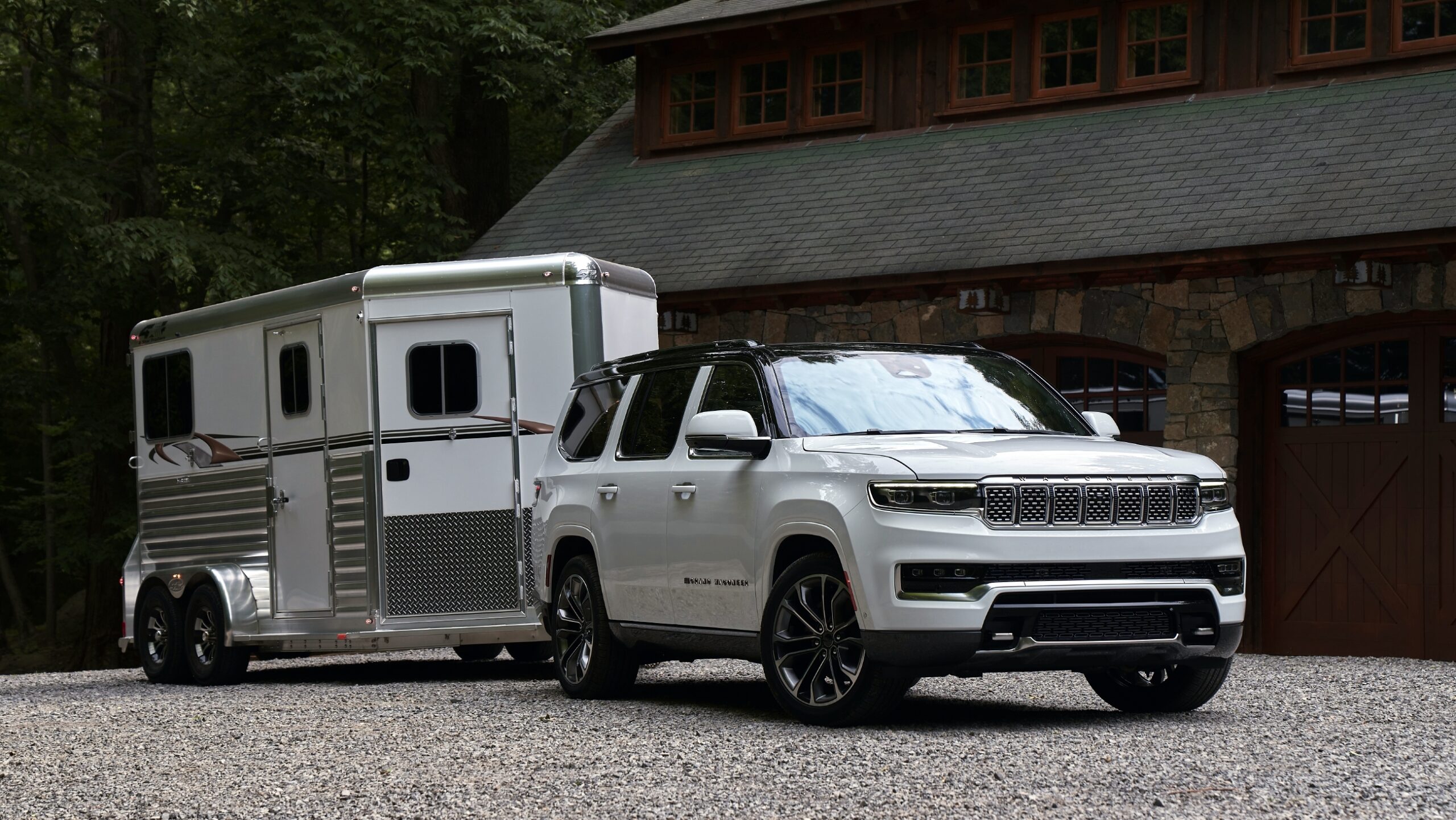
Another key reason to adopt the BoF architecture for Durango is towing capability. As the Dodge with the most towing capability at 8,700 lbs. in select configurations of the current Durango, the Wagoneer has a towing capacity of up to 10,000 lbs. on certain models. That is a lot more capability for those Dodge enthusiasts who might have a car hauler, a boat, travel trailers, or weekend toys.
A Wagoneer-based Durango will also help offer the Stellantis’ customer base a much more affordable option in the F-segment SUV market compared to the more premium Wagoneer offering and would help reduce costs for Wagoneer’s architecture overall.
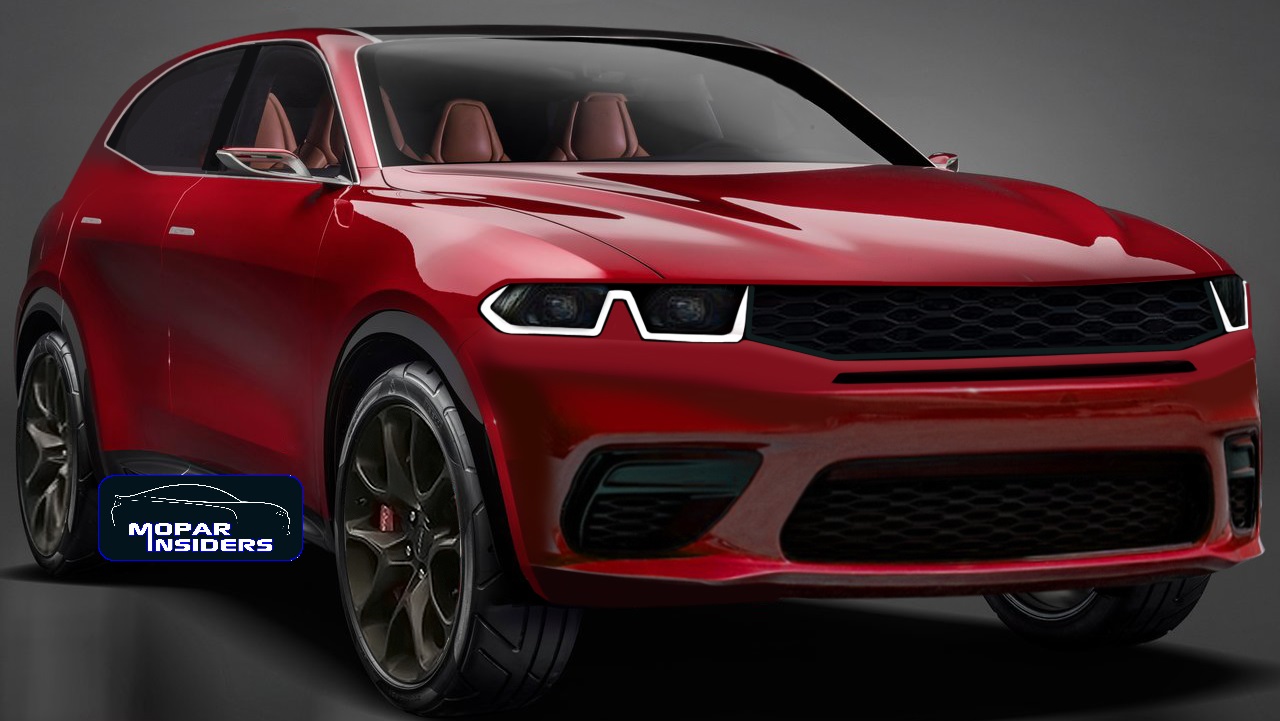
While the new Dodge Hornet (GG) C-segment SUV will be much smaller than the current Durango when it hits the market in 2023, it will also be the first Dodge vehicle to offer a PHEV variant. From what we have heard the next-generation Durango will adopt Wagoneer’s soon-to-be-unveiled turbocharged 3.0-liter GME-T6 inline-six-cylinder engine, which will be in the upcoming PHEV version of the WS. This will allow the next Durango to offer PHEV capability as well as Dodge, as the rest of the Stellantis brands moves towards electrification across their lineups.
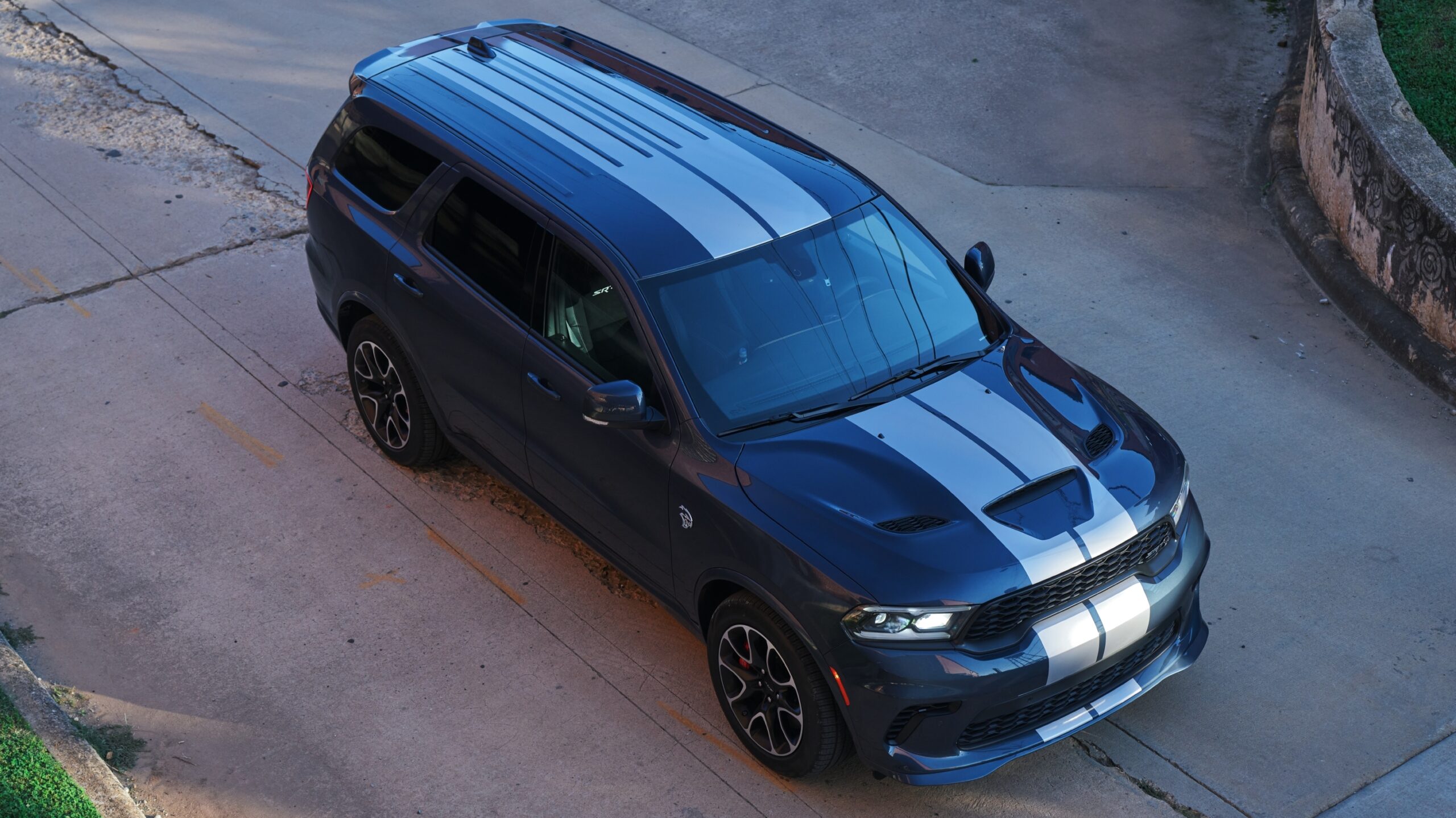
We expect that the BoF Durango will go into production sometime in late-2023. Stay tuned as we will continue to break down the future path of the next-generation Durango.
What do you think of a BoF Dodge Durango? Do you think it is a good idea for Dodge to differentiate away from the current model? Let us know in the comments below.

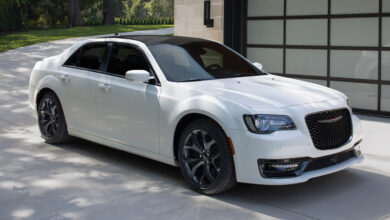
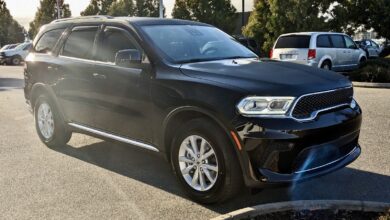

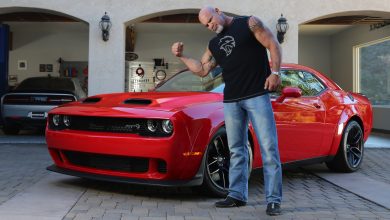
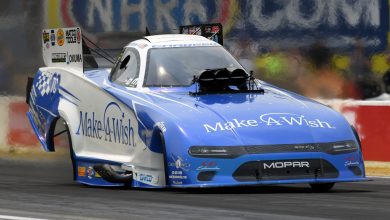
No replies yet
Loading new replies...
Join the full discussion at the Mopar Insiders Forum →